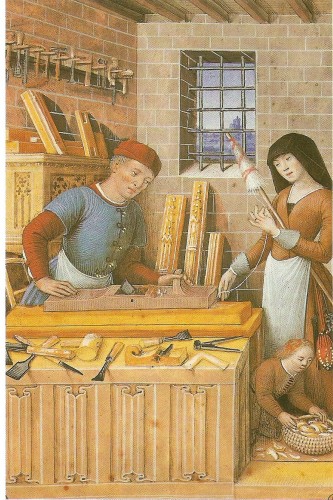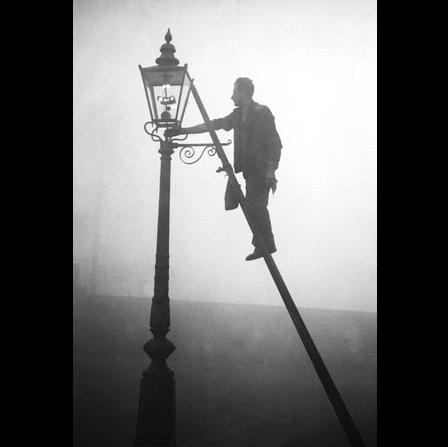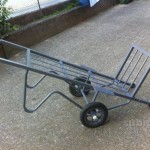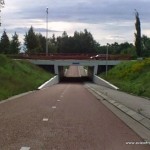We work too hard. Thanks to Leah Temper.
Characteristics of Modern Technique (3)
“The type of work which modern technology is most successful in reducing or even eliminating is skilful, productive work of human hands, in touch with real materials of one kind or another. In an advanced industrial society, such work has become exceedingly rare, and to make a decent living by doing such work has become virtually impossible. A great part of modern neurosis may be due to this very fact; for the human being, defined by Thomas Aquinas as a being with brains and hands, enjoys nothing more than to be creatively, usefully, productively engaged with both his hands and his brains.”
“Modern technology has deprived man of the kind of work that he enjoys most, and given him plenty of work of a fragmented kind, most of which he does not enjoy at all.”
“All this confirms our suspicion that modern technology, the way it has developed, is developing, and promises further to develop, is showing an increasingly inhuman face, and that we might do well to take stock and reconsider our goals.”
Quoted from: “Small Is Beautiful“, E.F. Schumacher, 1973.
Characteristics of modern technique (2)
Characteristics of modern technique (1)
Has There Been Progress Since 1250?
“Even in backward mining communities, as late as the sixteenth century more than half the recorded days were holidays; while for Europe as a whole, the total number of holidays, including Sunday, came to 189, a number even greater than those enjoyed by Imperial Rome. Nothing more clearly indicates a surplus of food and human energy, if not material goods. Modern labor-saving devices have as yet done no better.”
Quoted from “Myth of the Machine : Technics and Human Development“, Lewis Mumford, 1967.
Has There Been Progress Since 1250?
 “Fourastié [A French economist] is right in putting the case numerically to dramatize the shortening of the work week and the enormous transformation in living standards and in the qualitative nature of life. The case is indeed simple if 1950 is compared with 1815. But it is no longer quite so simple if 1950 is compared with 1250. It is important to consider, for labor, not only time but intensity.”
“Fourastié [A French economist] is right in putting the case numerically to dramatize the shortening of the work week and the enormous transformation in living standards and in the qualitative nature of life. The case is indeed simple if 1950 is compared with 1815. But it is no longer quite so simple if 1950 is compared with 1250. It is important to consider, for labor, not only time but intensity.”
“It is possible to make a meaningful comparison between the fifteen-hour workday of a miner in 1830 and the seven-hour workday of 1950. But there is no common denominator between the seven-hour day of 1950 and the fifteen-hour day of the medieval artisan. We know that the peasant interrupts his workday with innumerable pauses. He chooses his own tempo and rhythm. He converses and cracks jokes with every passer-by.”
“We cannot say with assurance that there has been progress from 1250 to 1950. In so doing, we would be comparing things which are not comparable. Therefore, it is advisable to limit ourselves to saying that there has been progress since the beginning of the industrial era, which was founded on the breakup and destruction of the non-comparable and vanished old order.”
Quoted from “The Technological Society“, Jacques Ellul, 1964 (p192) / Original work: “La technique ou l’enjeu du siècle”, 1954. The illustration is a detail of “Les quatre états de la société”, a late 15th century painting by Jean Bourdichon.
Obsolete Occupations: the Jobs of Yesteryear
Overview of endangered professions at the National Public Radio (via Obsoletos): “As computers and automated systems increasingly take the jobs humans once held, entire professions are now extinct”.
I would like to add to this: As fossil fuels run out, some of these professions might return. And then I want to become a River Driver. Previously: the panorama of professions and trades.
The Panorama of Professions and Trades (1837)
What do you want to be when you grow up? In the 19th century, this question was easier to answer than it is today. There were 87 possibilities, according to Edward Hazen, author of “The Panorama of Professions and Trades” (1837). The book was also published as “Popular Technology; Professions and Trades” in 1870, Part 1 and Part 2 – these are better scans. Every profession is explained and illustrated. Find the table of contents below. Via Doug Berch, musician and dulcimer maker.






